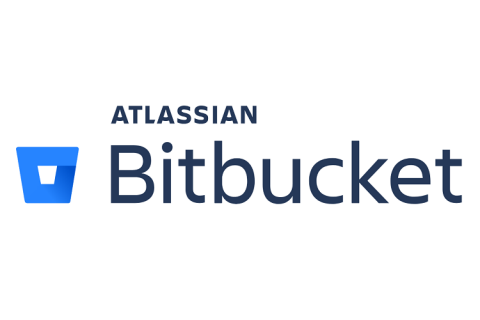Operations | Monitoring | ITSM | DevOps | Cloud
CI CD
The latest News and Information on Continuous Integration and Development, and related technologies.
Continuous deployment of Node apps to Heroku
CircleCI orbs are reusable packages of YAML configuration that condense repeated pieces of config into a single line of code. Since its launch in 2018, the CircleCI orbs registry has been used by developers, development teams, and by companies who want to help developers integrate their services seamlessly into continuous integration pipelines. In this tutorial, we will show how to use CircleCI orbs to continuously deploy a Node.js application to Heroku, one of the most popular hosting platforms.
Creating the ideal dev experience with Pulumi's Kat Cosgrove & Matt Stratton
A CI/CD Template for Terraform
Continuous integration (CI) makes the cycle from design to code to building artifacts seamless and consistent. Continuous delivery (CD) makes delivery of that artifact to an environment the same every time. But, what about the actual environment the artifact is running in? Is it the same every time? That’s a hard thing to guarantee — unless you take advantage of an Infrastructure-as-Code (IaC) approach. This post explains how to use Infrastructure-as-Code to improve CI/CD.
Writing Ansible Playbooks for New Terraform Servers
Over the past few years, cloud computing has enabled agile, dynamic management of software and hardware components, on-demand. Nowadays, we can define our desired infrastructure in as little as a few lines of code, and we can provision real servers on cloud providers like AWS or Azure. Terraform is an open-source infrastructure-as-code (IaC) tool that has become the de facto solution for provisioning one aspect of those components.
Config best practices: dependency caching
Let’s face it: Creating the optimal CI/CD workflow is not always a simple task. In fact, writing effective and efficient configuration code is the biggest hurdle that many developers face in their DevOps journey. But you don’t need to be an expert to set up a fast, reliable testing and deployment infrastructure. With a few straightforward techniques, you can optimize your config.yml file and unleash the full potential of your CI/CD pipelines.
DevOps CI/CD: Benefits, Tips, and Best Practices
Deploy Iron Bank-Approved Artifactory/Xray on AWS GovCloud and RKE2
Dead Evil: A Software Supply Chain Possession
Deep in the woods, where trees are black and the air is thick, steam rises wistfully across the damp ground. A single dirt track, barely wide enough to pass, scars the terrain for what seems like an endless number of miles. It winds its way through the mountains and valleys, across a rickety bridge over a cavernous ravine, before plunging back into darkness, the trees bending over as if to grasp those passing through. Finally, in a small clearing, a lonely decrepit wooden cabin reveals itself.
Package Delivery Networks: How They Differ From CDNs
A crucial part of effective package management is package distribution. Whether you are dealing with distributed development teams, deploying a distributed application or even if you are a software vendor, you need efficient, performant and reliable delivery of your software packages or artifacts. And for that, you need infrastructure. Lots of infrastructure. To deliver software globally, at low latencies, you’ll need infrastructure in many regions, preferably as many as possible.










